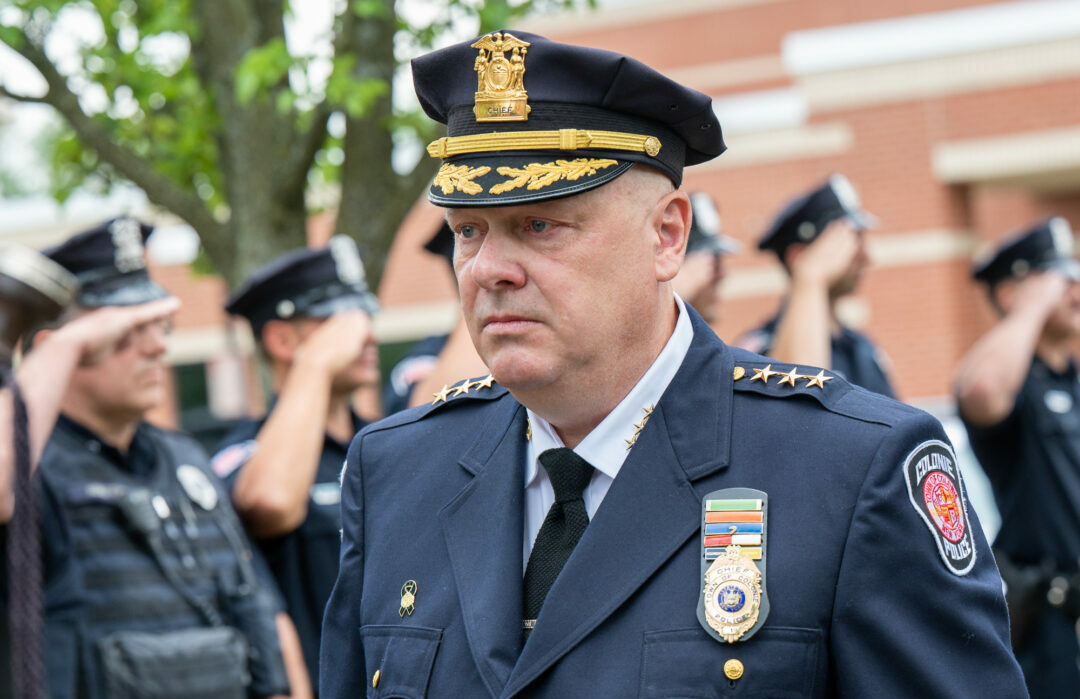
The average household size was 2.43 and the average family size was 3.00. Of all households, 28.1% were made up of individuals, and 11.1% had someone living alone who was 65 years of age or older. There were 30,980 households, out of which 29.2% had children under the age of 18 living with them, 53.3% were married couples living together, 9.6% had a female householder with no husband present, and 33.7% were non-families. Hispanic or Latino of any race were 1.86% of the population. The racial makeup of the town was 90.55% White, 3.96% Black or African American, 0.15% Native American, 3.59% Asian, 0.02% Pacific Islander, 0.61% from other races, and 1.13% from two or more races. There were 32,280 housing units at an average density of 575.7 per square mile (222.3/km 2). The population density was 1,413.6 inhabitants per square mile (545.8/km 2).

State Routes 2, 5, 7, 32 and 155 are also important arterials within the town.ĭemographics Colonie Historical Populations YearĪs of the census of 2000, there were 79,258 people, 30,980 households, and 20,539 families residing in the town. Interstate 87, Interstate 787, Interstate 90 and U.S. The town lies near the junction of the Hudson and the Mohawk rivers. The eastern town boundary is the border of Rensselaer County, marked by the Hudson River. The northern town line borders Schenectady County, and Saratoga County, marked by the Mohawk River. Reformed Dutch Church of Rensselaer in WatervlietĪccording to the United States Census Bureau, the town has a total area of 57.9 square miles (149.9 km 2), of which 56.1 square miles (145.2 km 2) is land and 1.8 square miles (4.7 km 2) (3.11%) is water.Lansing Farmhouse and Billsen Cemetery and Archeological Site National Register of Historic Places, including. Pruyn House at Newtonville is open to the public as the historical and cultural arts center for the Town of Colonie.Ī number of sites in Colonie are included on the U.S. The Colonie of the 1990s and beyond has become an entirely-different community from the town of the 1930s and 1940s. 7) constructed which drastically changed the nature of the town and life there. At the same time, there were large highways (I-87, I-787, US Rt. By 1980, suburban development had saturated the community. However, in the post-war years, there was intensive suburban development, originally on the corridor that connected Albany and Schenectady, but quickly following throughout the entire township.
#Spotted zebra colonie ny series
Through to the 1930s, Colonie was a simple series of extensive farms and a few hamlets. Much of that land is now occupied by the Albany International Airport. The Watervliet Shaker Historic District is located in Colonie. The central part of the town was once the location of the extensive Shaker community farms.

All current towns either were formed directly or indirectly from a town formed from Watervliet. The original town of Watervliet was the " mother of towns" in Albany County, having once been all the land outside of the city of Albany within the county. Several lawsuits worked their way through the court system from the results of division. All debts from the original town were divided proportionally between Green Island, Watervliet, and Colonie. The town and village of Green Island was also split off as a town from the town of Watervliet a year later and the village of West Troy that remained became the current city of Watervliet. The town of Colonie was formed in 1895 after the rural residents of the town of Watervliet opposed the state's proposal to transform the entire town into the city of Watervliet. This area was once part of the Rensselaerwyck manor.

Within the town of Colonie are two villages, one also known as Colonie and the other known as Menands. The town of Colonie is north of Albany and is at the northern border of the county. All the land outside the Village of Beverwyck (now Albany) was referred to as the "Colonie". The name is derived from the Dutch Colonye or "Colonie", derived from the Colonie of Rensselaerswyck.

As of the 2020 census, the town had a total population of 85,590. It is the most-populous suburb of Albany, and is the third-largest town in area in Albany County, occupying approximately 11% of the county.


 0 kommentar(er)
0 kommentar(er)
